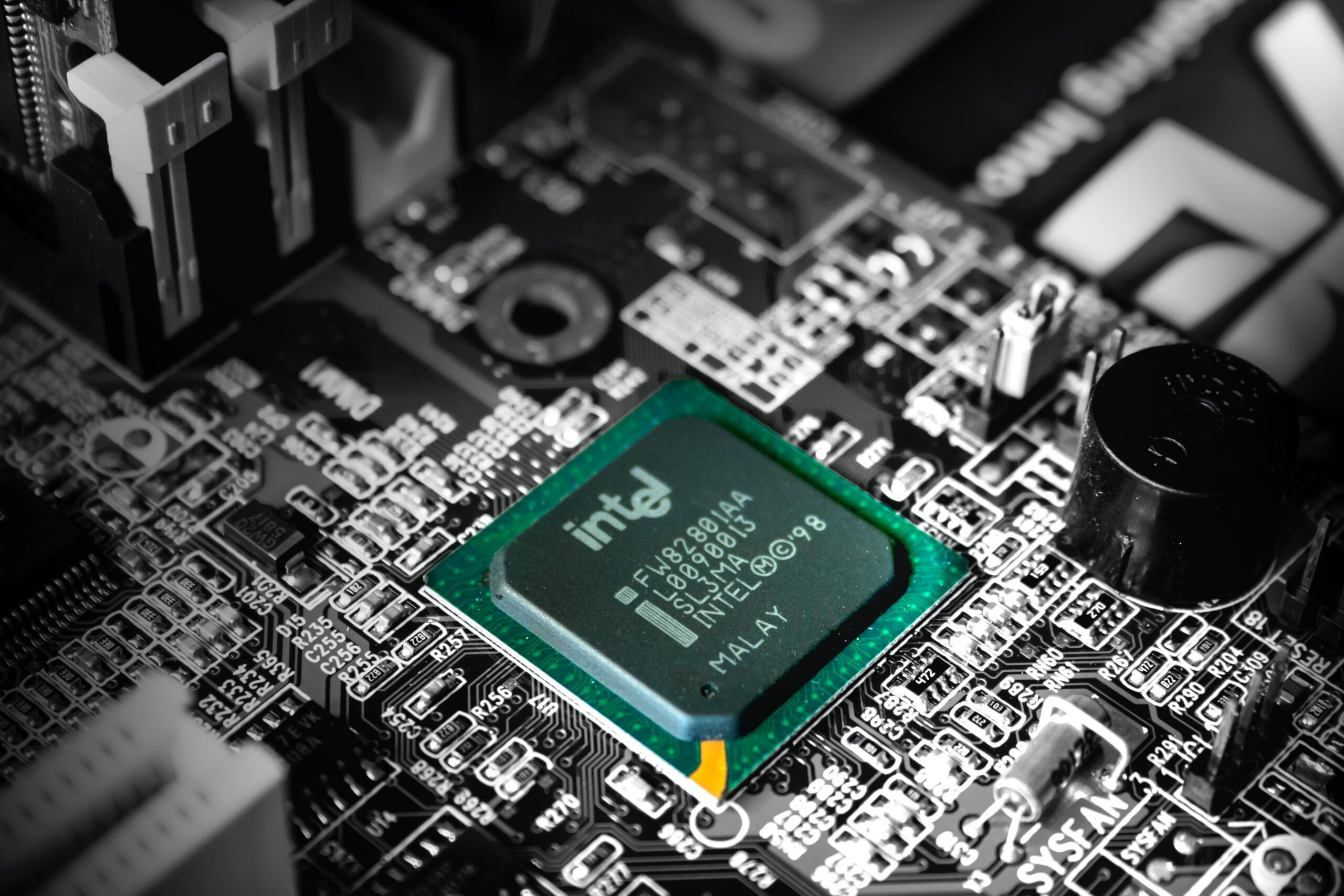Intel's research and development factory D1X has been expanded with a new module. Among other things, the new EUV with high NA is to be tested here. The new machines require new buildings, so to speak, because they are larger, heavier and, above all, higher. At the same time, Intel gave insights into further developments.
Research and development back in focus
Investing $3 billion in a research and development factory is a staggering sum. The clean room area of the building called D1X only increases by a little more than 20 percent, but the new area has it all: In the new module, not only the upcoming, classic EUV tools are to be used, but the foundation stone for EUV with high NA be laid. The fact that new buildings were necessary for this should also be an issue for Intel's factories worldwide in the future.
The new Mod3 from D1X is therefore probably also the blueprint that will be implemented in future factories. After all, Intel is building several new plants over the next few years, and a complex in Magdeburg, Germany, was also recently confirmed.
Image 1 of 2
The factory will also test in the coming years if things don't work out as planned with High-NA EUV. Preparing for failure and having a plan B up your sleeve wasn't Intel's forte of late. According to Intel, the backup plan that has already been taken into account, which should also be able to implement the production steps with classic EUV exposure, will take effect in the near future. The processors potentially affected are primarily the Intel 20A, but also the Intel 18A, which was recently pushed forward slightly and which should be ready for series production by 2025, just six months after the Intel 20A. It is said today that Intel could bridge the gap until 2026 with classic EUV lithography.
Intel states up to six years until a process has matured from the drawing board to series production. The Component Research (CR) department is in charge for the first few years, with the Manufacturing Group only joining later.
From research and development to the product (Image: Intel)
Image 1 of 3
In the end, of course, it's all a question of money. Here, Intel's new CEO recently pulled out the checkbook and released more money to speed up implementation. However, the cooperation with partners and the use of tools that other manufacturers also use deviate from the previous lone wolf approach. A lot of what Intel has been doing in the factories is completely incompatible with other processes, and that starts with design tools.
Don't repeat past mistakes
In statements to the press last week, it became clear that Intel does not want to repeat the mistakes of the past, especially those that led to the 10 nm nightmare. What the manufacturer is publicly presenting as an innovation for the future seems quite bizarre, because from the outside, such mechanisms should have been effective in the past.
The fact that it didn't exist explains in retrospect why 10 nm failed so badly in the first attempt and why it took Intel years to even get back on track. In the end, the only thing that helped was deleting half of the targets for 10 nm and starting from scratch. Intel has also learned from this elsewhere: the timeline of the technology roadmap does not mention a year.
Intel's technology roadmap
In the future, the teams working on a process or technology for the new node should continue to accompany this technology into the future. There are also other teams that support and do not have to drop out as soon as something new is planned. And with completely new processes, Intel no longer wants to implement everything at once in the future – that ultimately broke 10 nm's neck on the first attempt.
Intel's manufacturing roadmap
And so Intel still has to manufacture in the now bug-fixed and optimized 10 nm, although it is now sold as Intel 7 in marketing. 7 years after the plan, which once envisaged a very optimistic introduction of 10 nm in 2015. Because as Intel said in 2012: "We know how to make 10nm chips". The next few years showed that this was not the case.
Internal intermediate process before PowerVia and GAA
From FinFET to PowerVIA and Gate-all-around (RibbonFET) (Image: Intel)
Once the development is complete, Gate-All-Around (GAA, Intel calls it RibbonFET) is introduced in the subsequent node. The first process thus implemented is Intel 20A. But like many of the first of its kind, it will only be used in series for a short time according to current plans. Intel 18A should follow as an optimized variant within six months.
Ronler Acres becomes Gordon Moore Park
Intel's properties in the US are often named after what used to be found on the piece of land. In Hillsboro, Oregon, for example, there is the Hawthorn Farm and, even better known, the Jones Farm, in which not only technologies are developed, but also events are loaded – ComputerBase has also been there several times.
The Ronler Acres complex with its factory buildings around D1C, D1D and D1X and the outbuildings used to follow this naming convention, but this is changing today. The entire complex will be renamed Gordon Moore Park at a ceremony today in honor of Intel's greatest and most well-known personality, Gordon Moore.
Intel has a total of 22,000 employees in Hillsboro at four locations. According to its own statements, over 52 billion US dollars have been invested in Oregon to date.
Intel D1X
Image 1 of 3
ComputerBase received information about this article from Intel under NDA. The only requirement was the earliest possible publication date.



